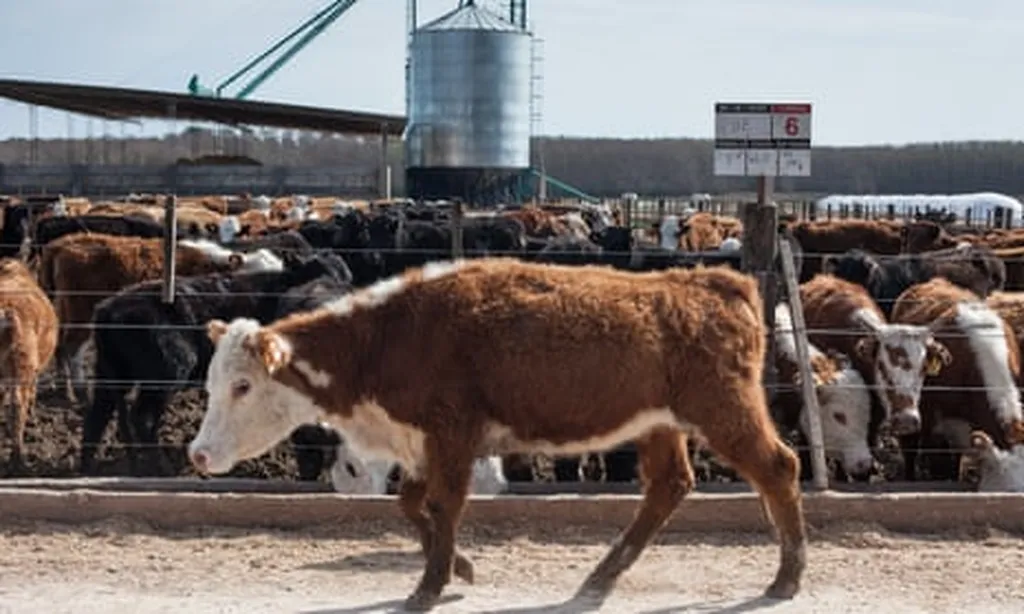The world’s forests are in a state of flux, with deforestation continuing at a rapid pace in some regions, while reforestation efforts are yielding significant results in others. This dynamic shift has profound implications for the agriculture sector and investors, as outlined in a recent U.N. report.
Deforestation, primarily driven by the expansion of farming and ranching, as well as climate-induced fires and droughts, remains a critical issue. Brazil, Indonesia, and the Democratic Republic of the Congo are experiencing the most significant forest losses. These trends pose challenges for the agriculture sector, as deforestation can lead to soil degradation, loss of biodiversity, and disrupted water cycles, all of which can undermine long-term agricultural productivity.
Conversely, the report highlights a positive trend in many wealthier nations, where forests are making a comeback. Since 1990, Canada, India, and Russia have each added tens of millions of acres of forest. China, in particular, has made remarkable strides, adding over 170 million acres of forest—an area roughly the size of Texas. These gains are largely attributed to aggressive tree-planting programs aimed at combating desertification and enhancing carbon sequestration.
For the agriculture sector, reforestation efforts can offer several benefits. Restored forests can improve soil health, enhance water retention, and support biodiversity, which can, in turn, boost agricultural resilience and productivity. Additionally, reforestation can help mitigate climate change by absorbing carbon dioxide from the atmosphere, potentially reducing the impacts of climate change on agriculture.
Investors, too, have a role to play and opportunities to seize. Sustainable forestry and agroforestry practices are gaining traction, presenting new investment opportunities. Companies and governments are increasingly investing in reforestation projects, driven by both environmental and economic incentives. For instance, China’s extensive tree-planting programs have not only added vast areas of forest but have also created jobs and stimulated local economies.
However, the global picture remains mixed. While some countries are making significant progress in reforestation, others continue to lose forest cover at alarming rates. This disparity underscores the need for coordinated international efforts to address deforestation and promote sustainable land use practices.
In conclusion, the agriculture sector and investors must navigate this complex landscape by adopting sustainable practices and supporting reforestation efforts. By doing so, they can contribute to environmental conservation, enhance agricultural productivity, and seize new economic opportunities. The U.N. report serves as a call to action, highlighting both the challenges and the potential for positive change in the world’s forests.

